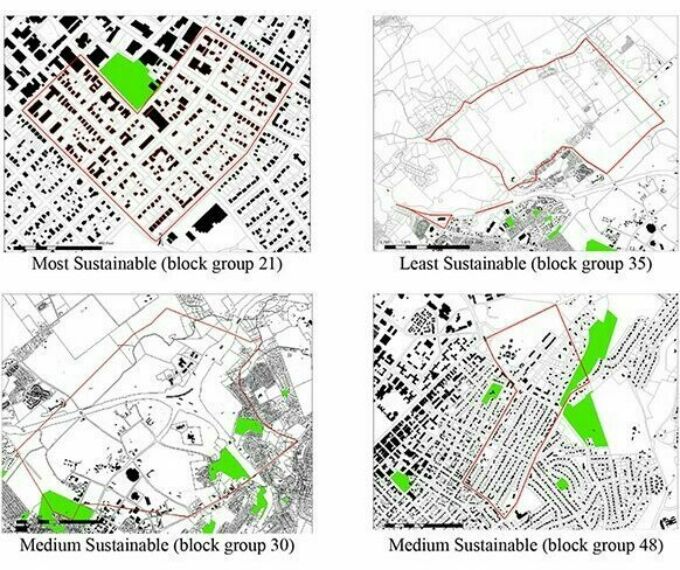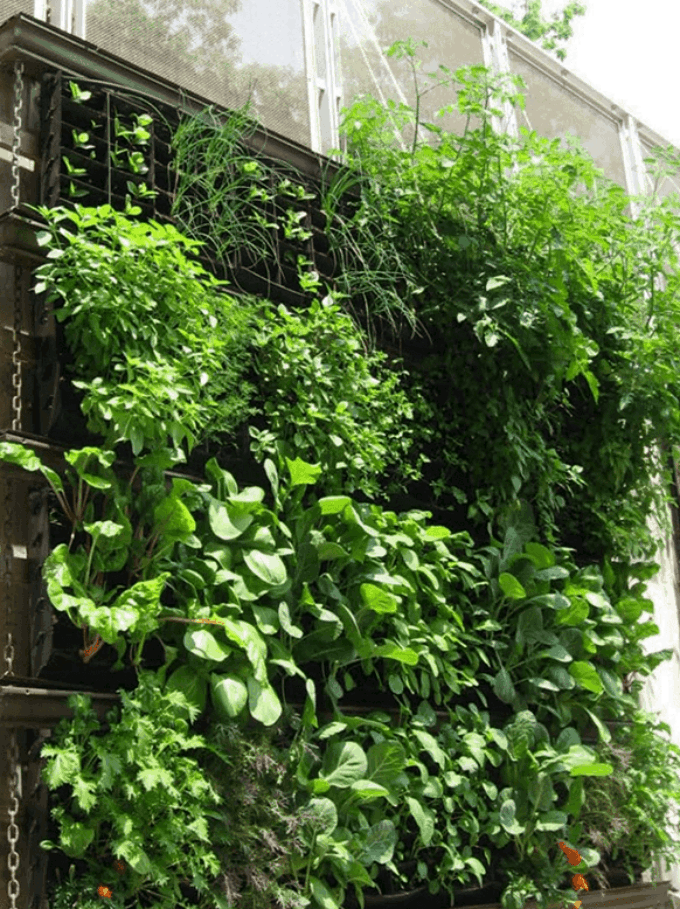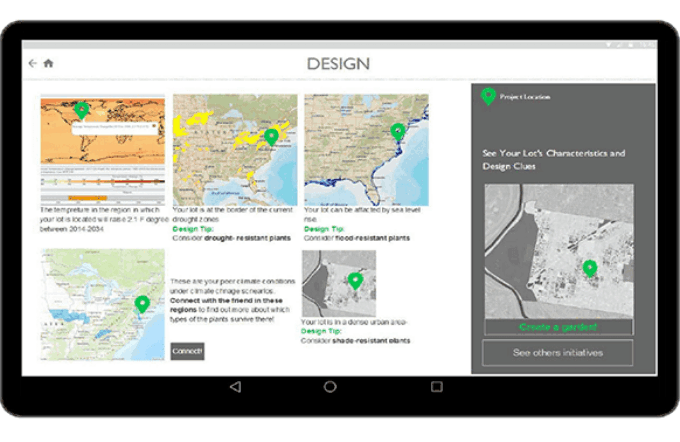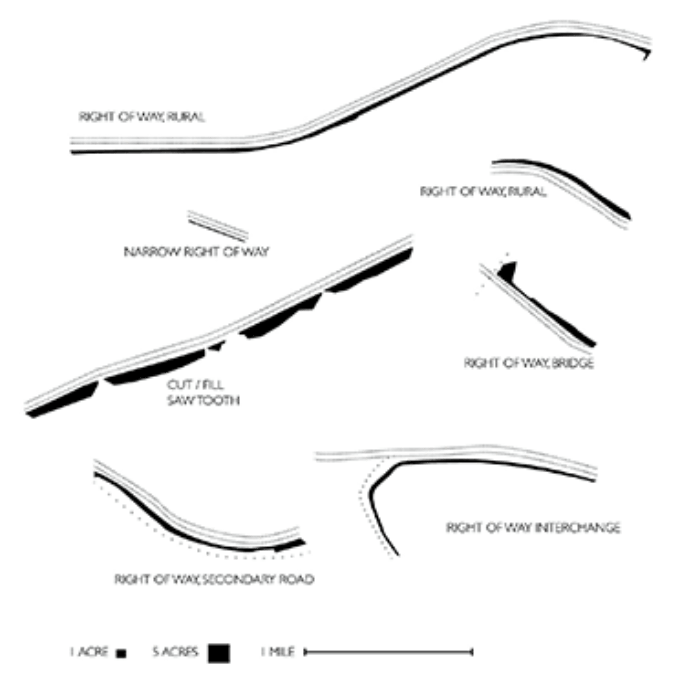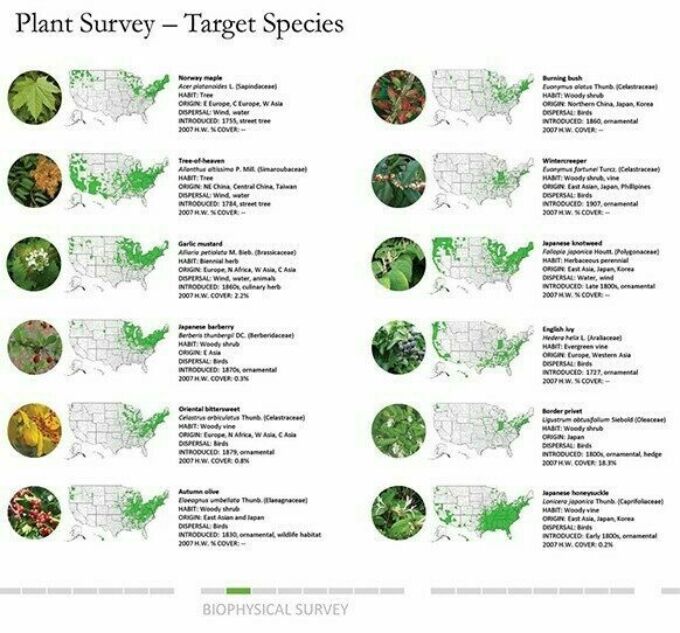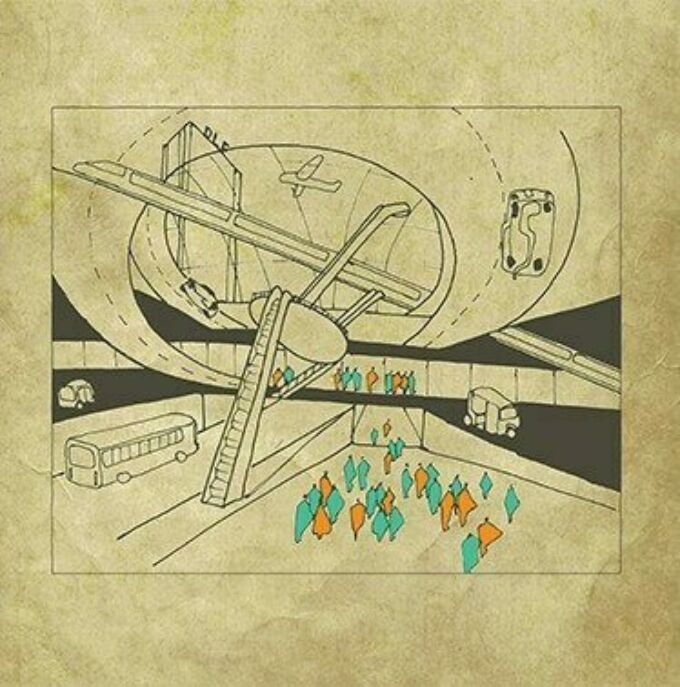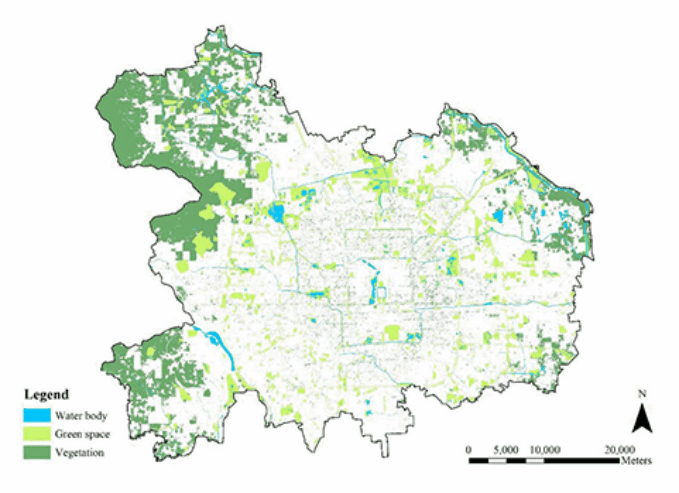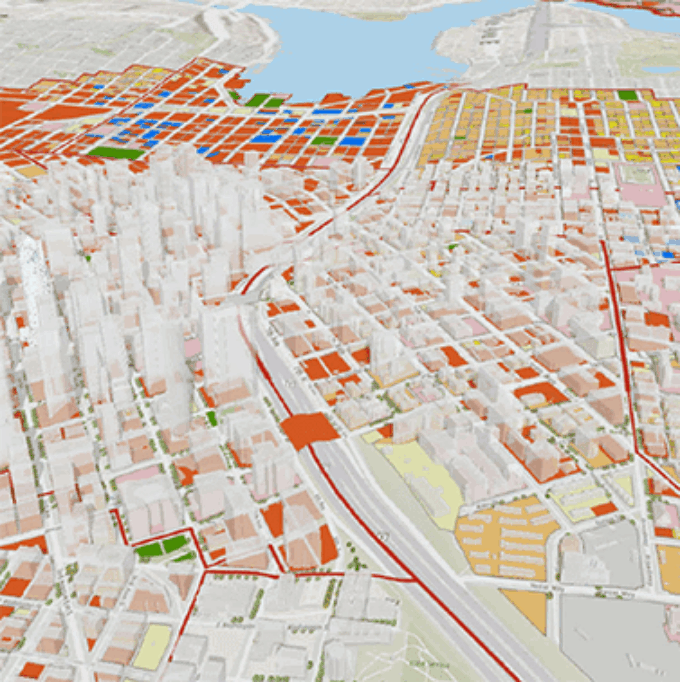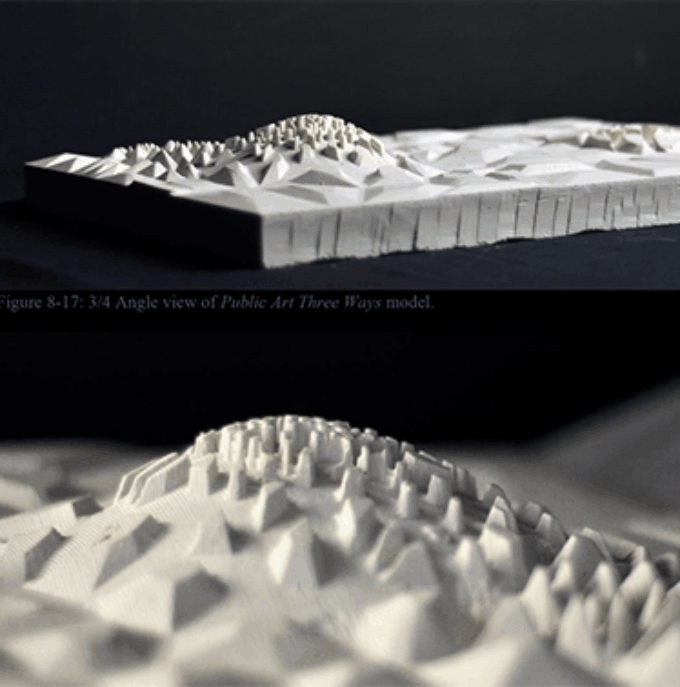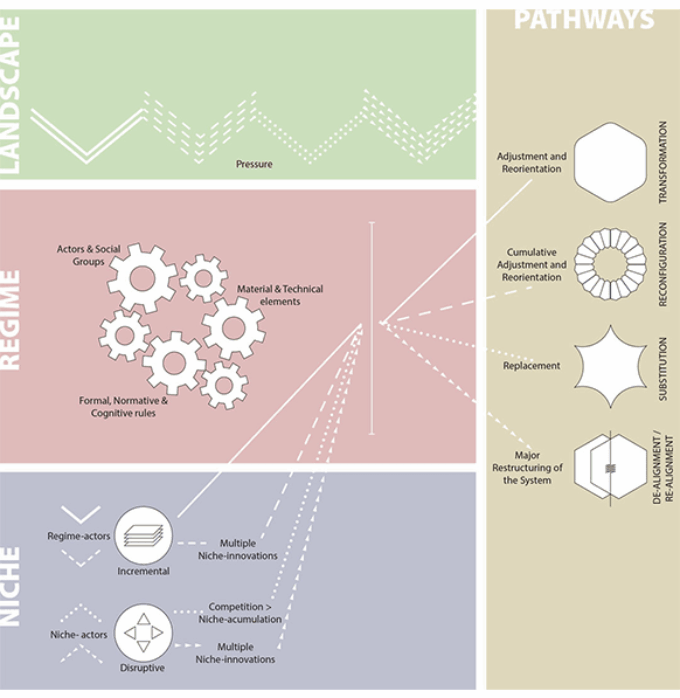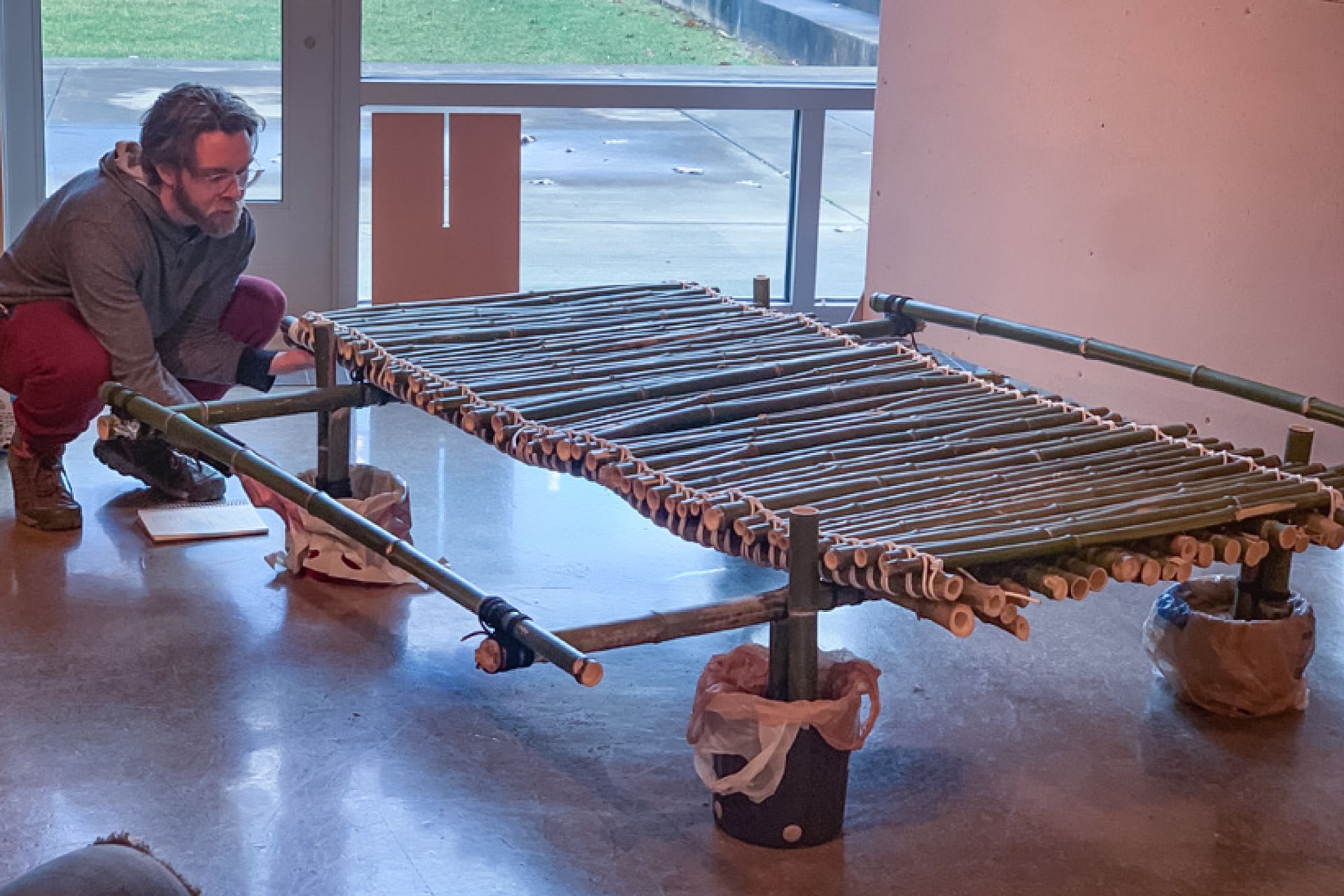
Landscape Architecture, M.S.
M.S. in Landscape Architecture (+Dual M.S. +IUG)
Build on your professional knowledge. Develop research expertise.
The Master of Science in Landscape Architecture is a two-year program that provides research expertise to individuals who already hold a professionally-accredited degree in landscape architecture or architecture.
The M.S. degree program is a great opportunity for those who seek to gain research skills for success in professional practice or academic positions.
Program Application Deadline
Annual application deadline is January 15.
To be assured full consideration, please review all details on program and admission requirements, and ensure that you apply by this deadline.
Earn a Master of Science in Landscape Architecture at Penn State
Our mission is to do inspired work grounded in environmental and social good. Are you ready to join us?
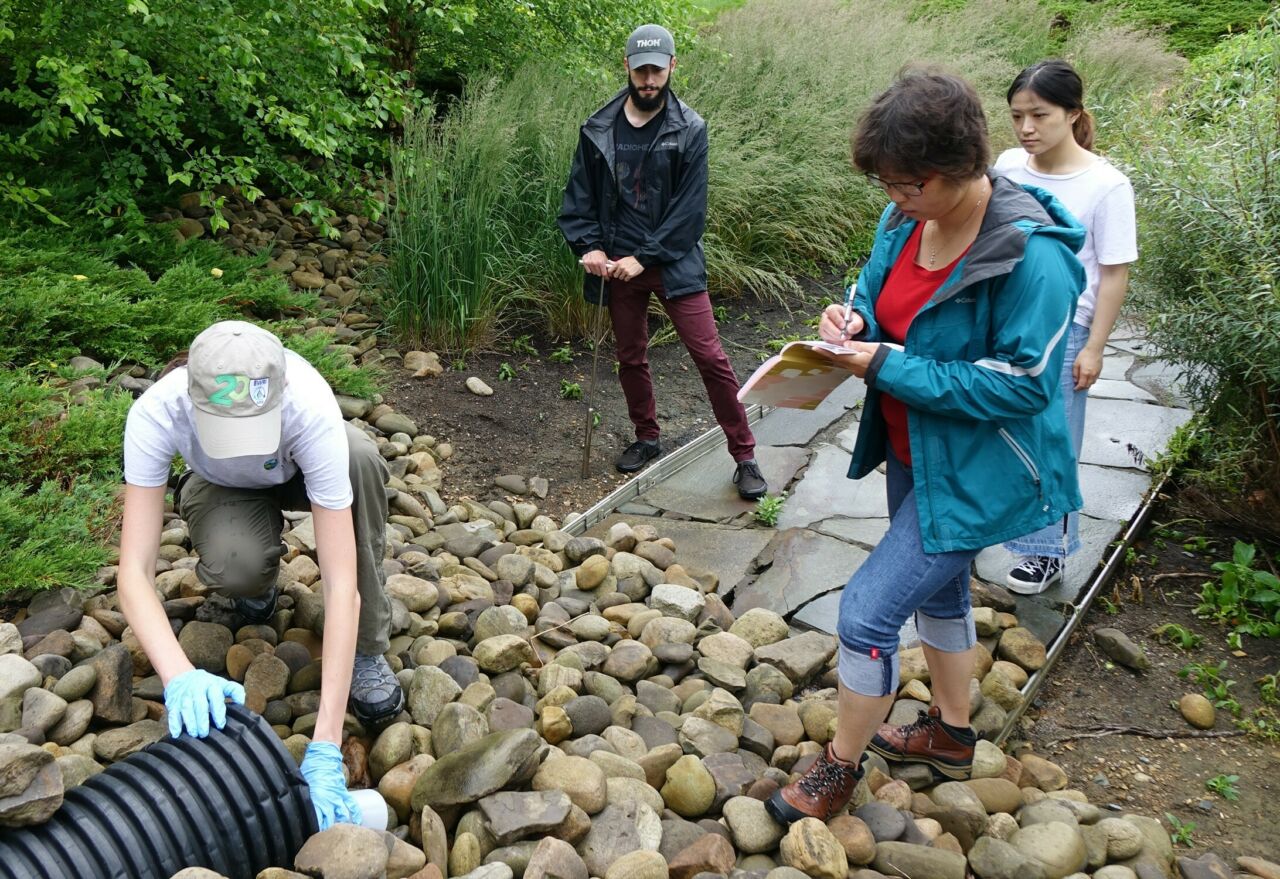
In this research-focused degree, you team up with outstanding faculty across Penn State on a targeted research agenda that may range from developing an app for participatory resilient landscape design to studying the impact of socio-cultural context on environmentally responsive behavior. You and your adviser develop your topic and a tailored curricular path to meet your goals.
Students in this program have the opportunity to participate in sponsored research within our school’s centers, as well as in centers and institutes across the University.
Our M.S. program also offers opportunities to expand your education by pursuing a dual-title degree in landscape architecture and human dimensions of natural resources and the environment.
Questions?
Contact the Program Administrator
Is the M.S. in Landscape Architecture right for you?
The M.S., which can be completed in two years, focuses on building expertise and research skills within a highly flexible curricular structure.
Our M.S. provides outstanding opportunities for students who already hold a professionally accredited degree in architecture or landscape architecture. If you seek to develop advanced expertise through rigorous scholarly inquiry, take advantage of the impressive range of experts and topical areas you can pursue at Penn State.
Within our inspiring, LEED Gold-rated building, students have access to a specialized Architecture and Landscape Architecture Library, 24-hour access to our own cutting-edge computer studios, as well as a permanent studio desk for each student. All of this plus the additional benefits of attending a Tier 1 research institution.
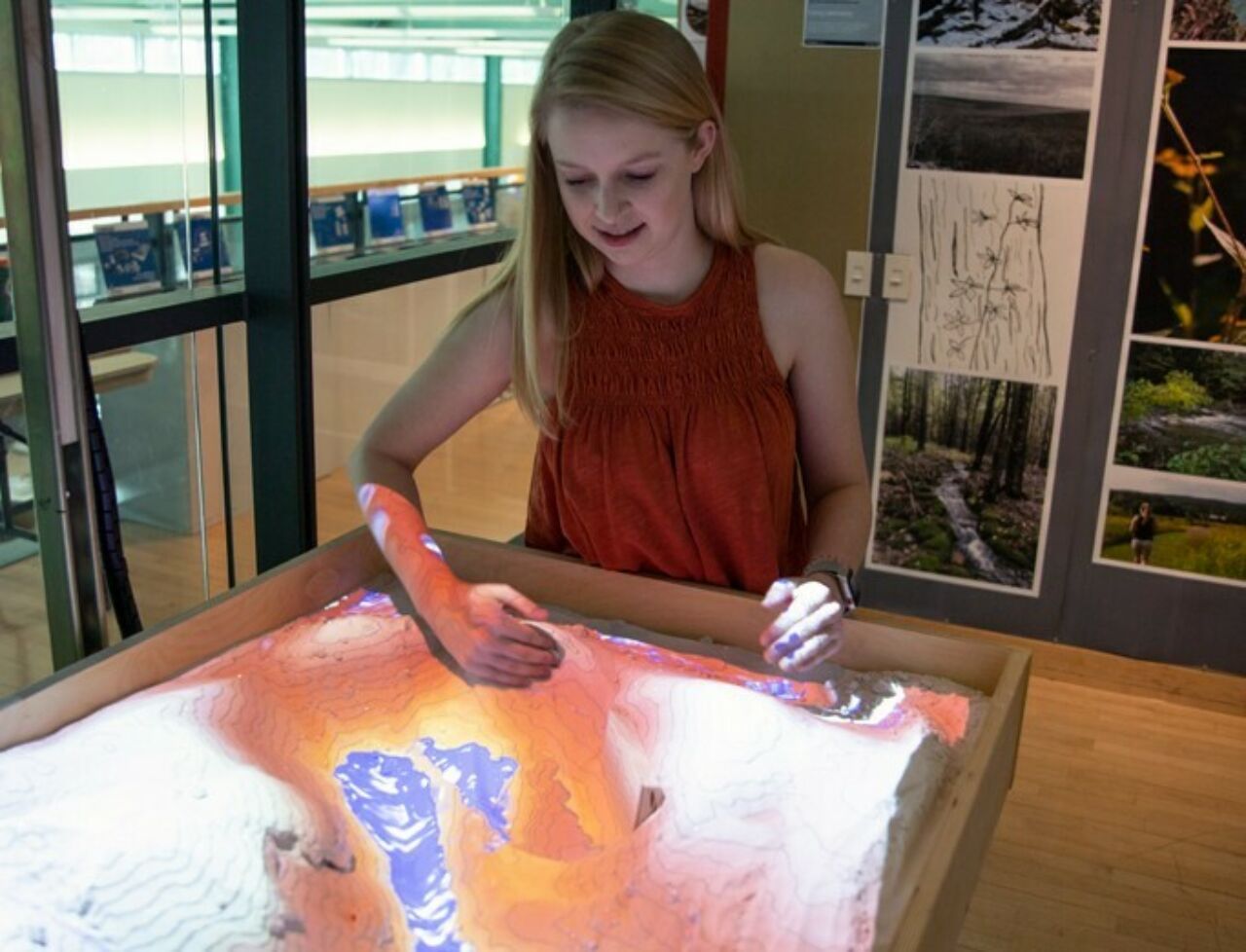
Degree Options
The M.S. in LA program provides opportunities to expand and focus studies through the dual-title M.S. in Landscape Architecture and Human Dimensions of Natural Resources and the Environment option.
Advanced undergraduate B.L.A. students can apply to integrate undergraduate and graduate courses of study, thereby earning a B.L.A. + M.S. in LA degrees.
Dual-Title M.S. + TREES
The Department of Landscape Architecture and the Transdisciplinary Research on Environment and Society (TREES) program offer a dual-title masters degree program in Landscape Architecture and TREES. The TREES program is a transdisciplinary, intercollege program that exposes students to issues including, but not limited to global climate change; sustainable energy, food, and fiber supplies; threats to biodiversity; water pollution and availability; genetic modification; and sustainable design.
The goal of the dual-title M.S. degree in Landscape Architecture and TREES is to enable graduate students from Landscape Architecture to acquire the knowledge and skills of their major area of specialization in Landscape Architecture, while at the same time learning state-of-the-art methodologies, theories, and technologies for addressing contemporary natural resource and societal challenges.
For admission to the dual-title degree under this program, students must apply and be admitted to the graduate program in Landscape Architecture and The Graduate School before applying for admission to the dual-title degree program. After admission to the primary program, students must apply for admission to and meet the admissions requirements of the TREES dual-title program.
Students must satisfy the requirements of both the Landscape Architecture and the TREES programs. The student prepares one integrated thesis reflecting the student’s education and interest in both Landscape Architecture and TREES. The student’s thesis committee for the dual-title M.S. degree include at least one graduate faculty member from the TREES program.
Graduate Bulletin Links
- Information related to the dual-title M.S. in Landscape Architecture + TREES is also available in the Graduate Degree Bulletin.
M.S. + Geodesign Certificate
Geodesign weds the analytical power of geographic information systems (GIS) with a robust design process to ensure land use design and planning that is socially, environmentally, and economically responsible.
The purpose of the graduate certificate in Geodesign is to provide students with a foundation in geospatially-oriented design through investigating interdisciplinary methods and the collaborative nature of the Geodesign process.
Geodesign Certificate Links
- Information about the certificate program can be found at the University Bulletin Geodesign Certificate overview.
- Learn more about Penn State’s geodesign online graduate certificate via the World Campus website.
Integrated B.L.A. + M.S.
The integrated undergraduate-graduate (IUG) degree program (B.L.A. in Landscape Architecture + M.S. in Landscape Architecture) provides an opportunity for strong students in Penn State’s Landscape Architecture B.L.A. program to complete a master’s degree with 6 total years of study (the B.L.A. is a 5-year program).
The number of openings in the integrated B.L.A. + M.S. program is limited, and admission is selective.
Graduate Bulletin Links
- Information about the integrated undergrad-grad Landscape Architecture program is detailed in the University Bulletin.
Guides and Resources
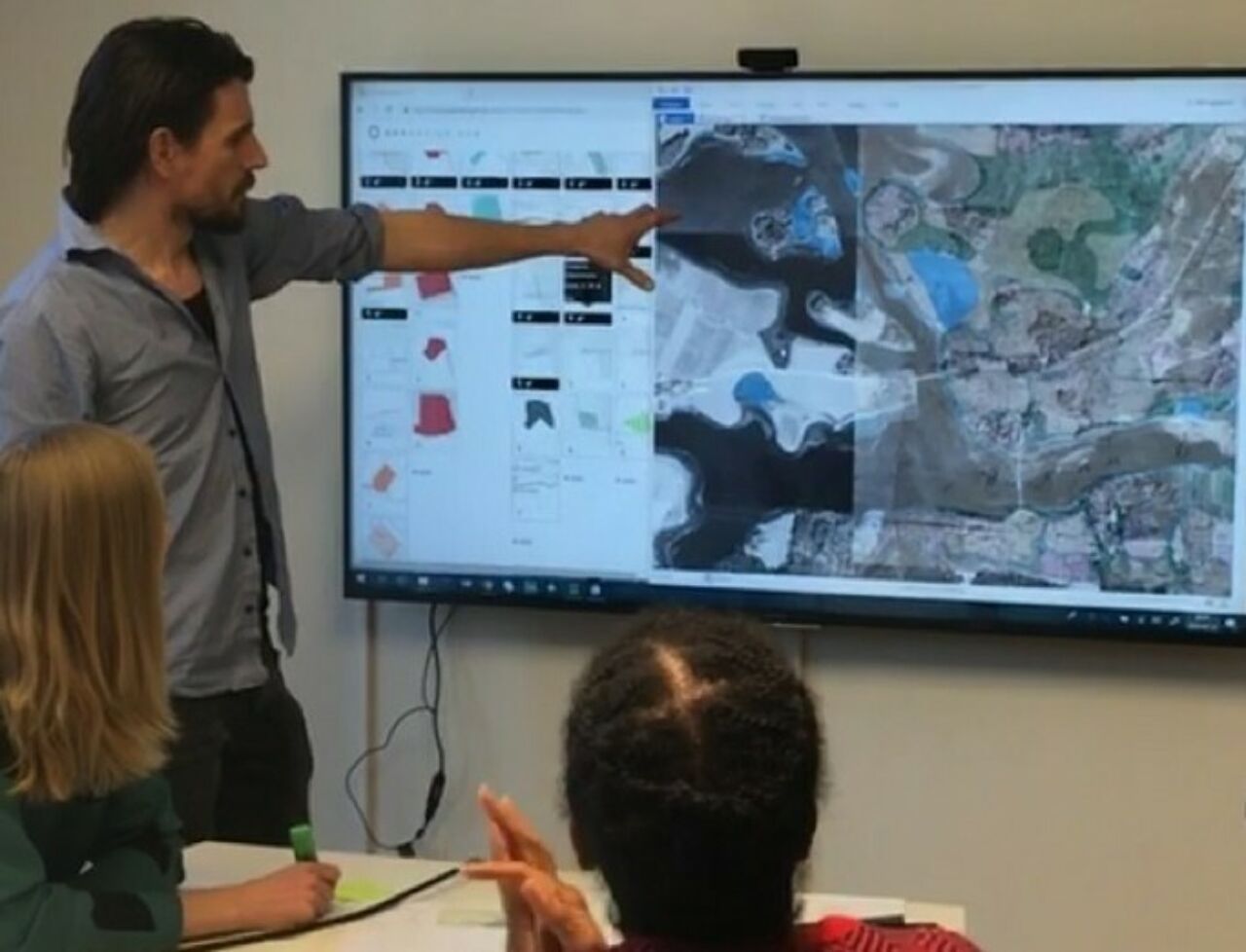
M.S. Students
Students currently enrolled in the M.S. in Landscape Architecture program.
Level Up
Make the most of your time at Penn State exploring the opportunities.
Research Centers and Initiatives
- Stuckeman Center for Design Computing
A collaborative research and teaching studio-lab focused on developing and testing innovative computational design techniques. - Hamer Center for Community Design
The Hamer Center explores three key topical areas: design/build, community-based research, and public interest design. - E plus D (Ecology + Design)
A collaborative of designers and ecologists who undertake research activated design intervention that improves the ecological health of the designed world.
Assistantships and Fellowship Opportunities
- Teaching Assistantships
Awarded as available on a competitive, semester-by-semester basis. - Research Assistantships
RAs are frequently available from our research centers or individual faculty on a competitive basis, as are grants-in-aid and graduate fellowships. - Fellowships
Fellowship opportunities exist both within Penn State and through external funding agencies.
Student Organizations
- Landscape Architecture Student Society (LASS)
Focused on advancing the future of design within the community and the profession. - National Organization of Minority Architecture Students (NOMAS)
Student branch of the National Organization of Minority Architects. - Graduate and Professional Student Association (GPSA)
Officially recognized by the University as the collective voice of the graduate and professional student body.
